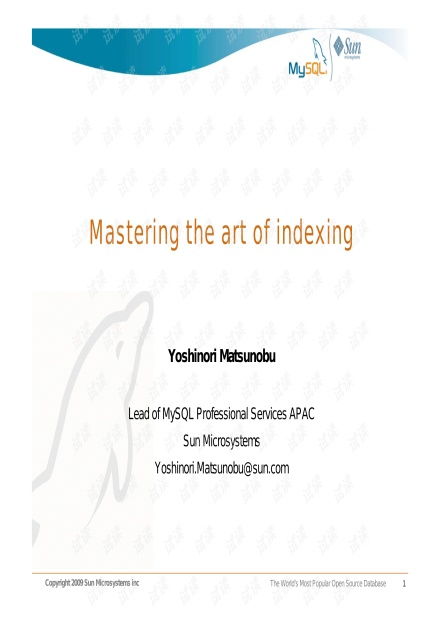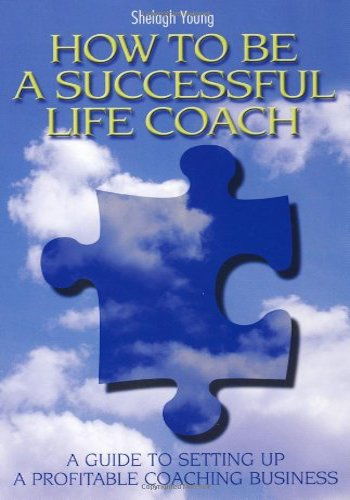Introduction
Fishing is an ancient pastime that has been cherished by generations. It's a relaxing activity that can be both a hobby and a way to connect with nature. For young people looking to learn the ropes of fishing, it can seem like a daunting task. However, with the right guidance and a bit of patience, anyone can become a skilled angler. In this article, we'll delve into some essential tips and tricks to help young anglers master the art of fishing.
Start with the Basics
Before you hit the water, it's important to understand the basics of fishing. Here are some fundamental concepts to get you started:
- Types of Fishing: Familiarize yourself with different types of fishing, such as freshwater, saltwater, fly fishing, and ice fishing. Each type requires specific equipment and techniques.
- Fishing Tackle: Learn about the various types of fishing tackle, including rods, reels, lines, hooks, lures, and bait. Understand the purpose of each item and how to use them effectively.
- Fishing Ethics: Develop a strong sense of fishing ethics, including respecting the environment, following local fishing regulations, and practicing catch-and-release when appropriate.
Choose the Right Equipment
Selecting the right equipment is crucial for a successful fishing experience. Here are some tips for young anglers:
- Rod and Reel: For beginners, a spinning rod and reel combination is a great choice. They are versatile and easy to use.
- Line: Use a monofilament line for beginners, as it's forgiving and less likely to snap under pressure.
- Hooks and Lures: Start with simple hooks and lures that are appropriate for the fish you're targeting. As you gain experience, you can experiment with more complex setups.
- Bait: Depending on the fish you're trying to catch, you may need live bait, artificial lures, or a combination of both.
Learn to Cast
Casting is one of the most important skills in fishing. Here's how to get started:
- Practice Casting: Find a quiet spot to practice casting. Hold the rod with both hands, keeping your elbow close to your body.
- Backcast: Start by lifting the rod tip back over your head, then allow the line to unroll off the reel as you lower the rod tip.
- Forward Cast: Bring the rod tip forward, releasing the line as you do so. Practice these movements until you can cast with accuracy and control.
Find the Best Spots
To increase your chances of catching fish, it's important to find the right spots:

- Research: Use online resources, fishing maps, and local knowledge to identify potential fishing spots.
- Observe: Look for signs of fish activity, such as birds diving into the water or fish jumping out of the water.
- Patience: Remember that finding the perfect spot may take time. Be patient and explore different areas until you find the right one.
Learn to Read the Water
Understanding water conditions is crucial for successful fishing:
- Water Temperature: Fish are more active in warmer water, so try to fish during the warmer months or in shallower waters.
- Water Flow: Fish often congregate in areas with slow water flow, such as the edges of rivers or streams.
- Submerged Structures: Look for submerged rocks, logs, and vegetation, as these can provide shelter and attract fish.
Practice Catch and Release
If you're not planning to keep your catch, practice catch-and-release techniques to ensure the fish's survival:
- Handle with Care: Use a net or a gentle grip to handle fish, avoiding unnecessary stress.
- Unhooking: Learn proper unhooking techniques to minimize injury to the fish.
- Releasing: Once the fish is unhooked, release it back into the water as quickly as possible.
Conclusion
Learning to fish can be a rewarding experience for young people. By following these tips and practicing regularly, you'll develop the skills needed to become a skilled angler. Remember to always respect the environment and the fish you're trying to catch. Happy fishing!












